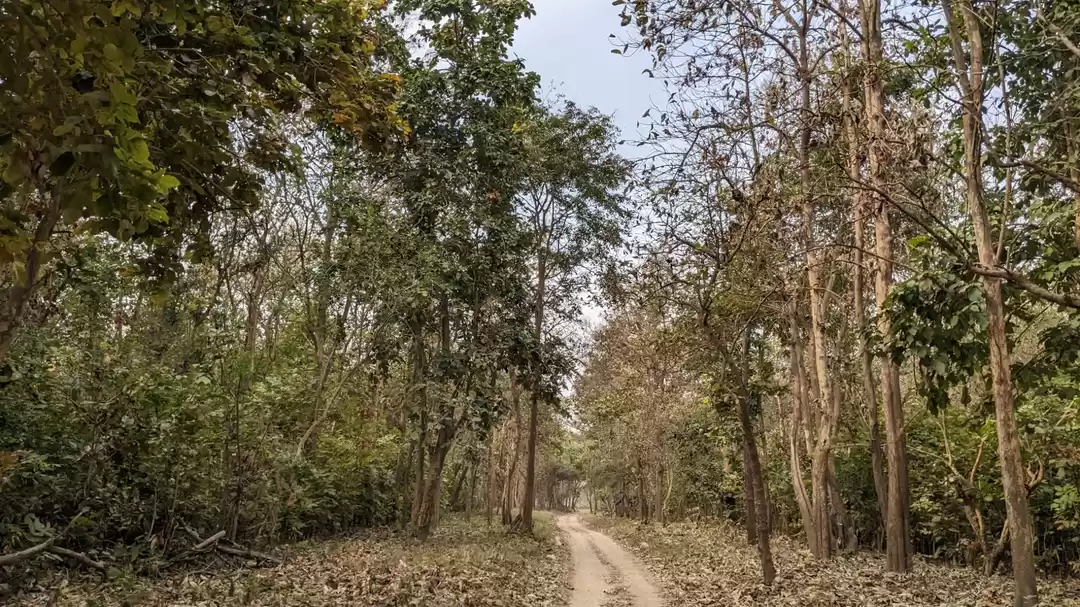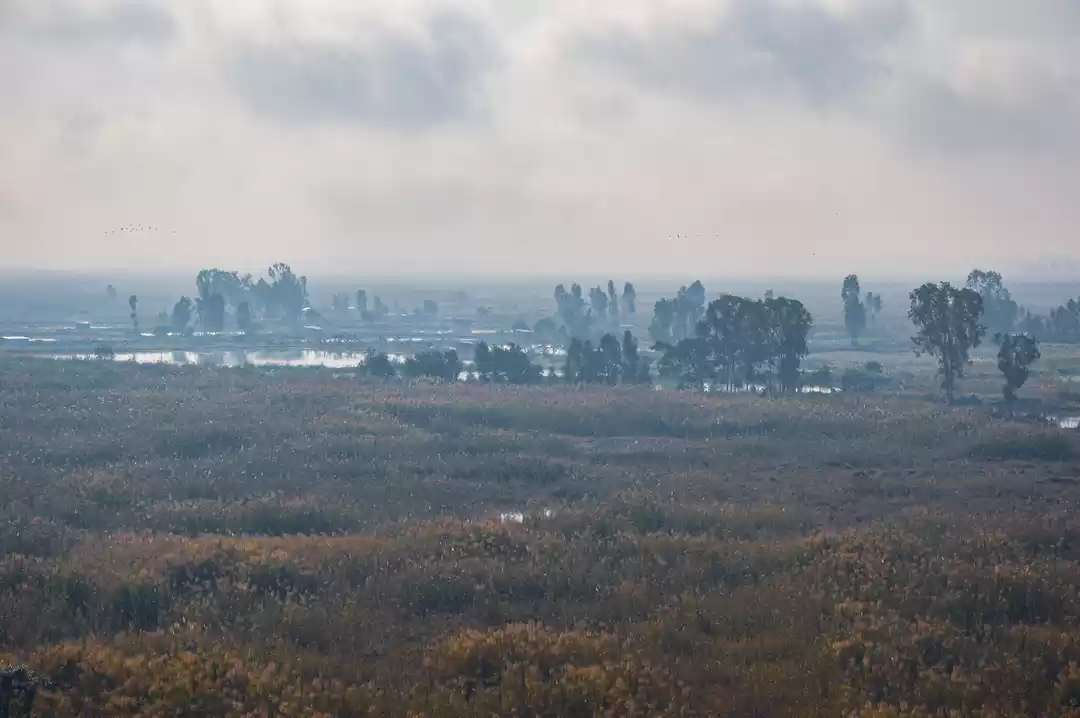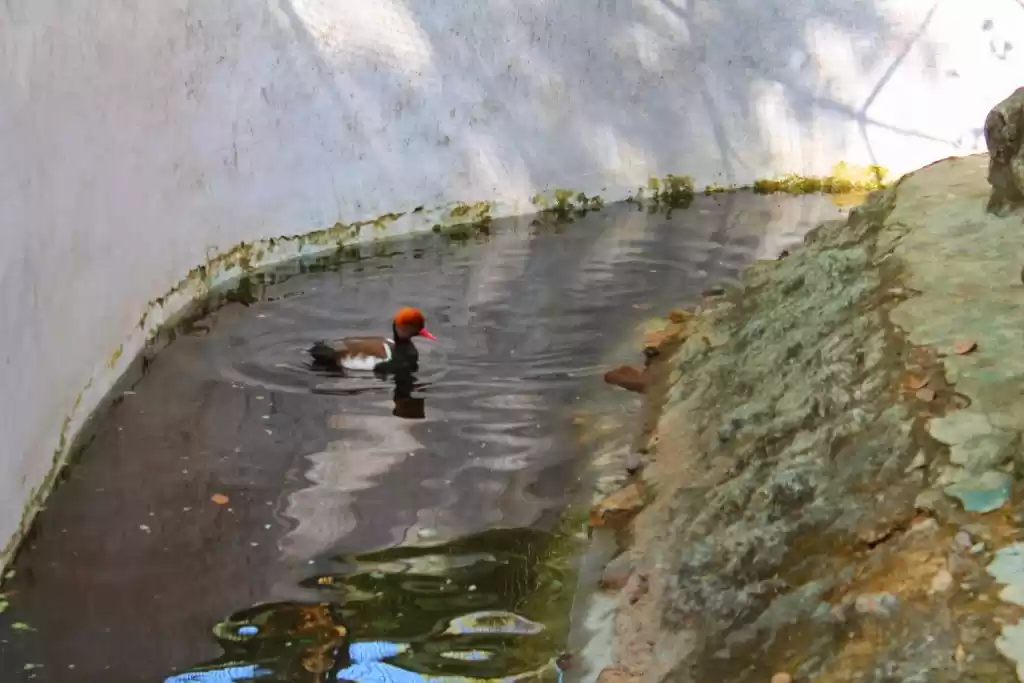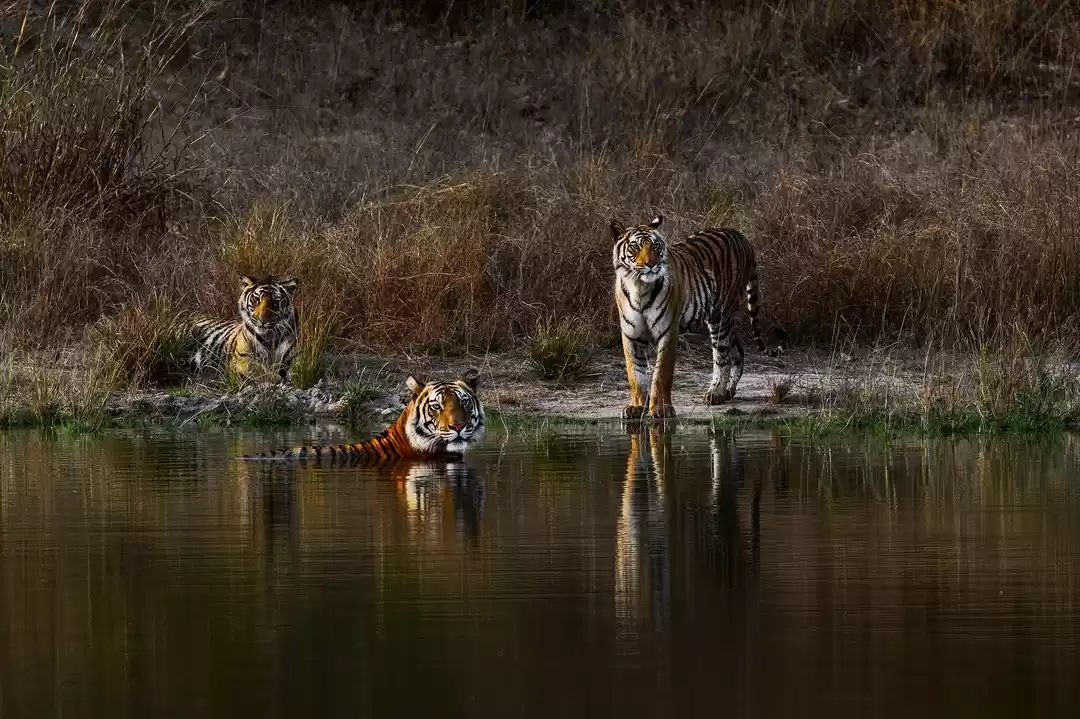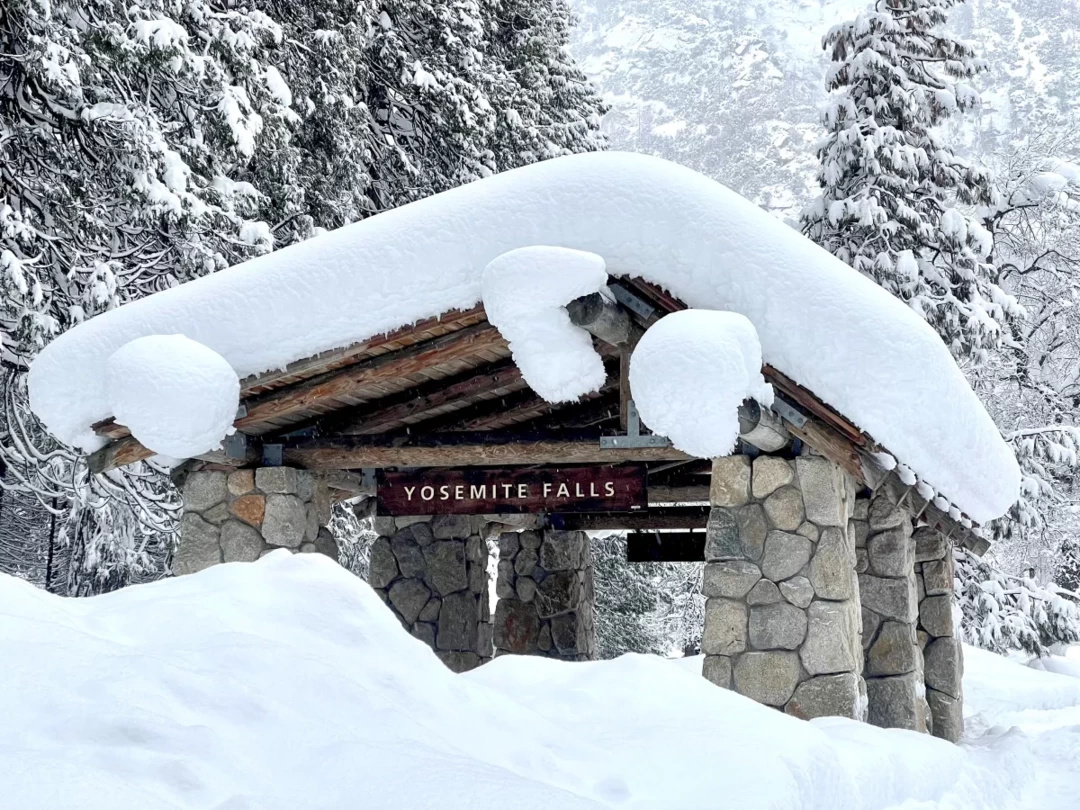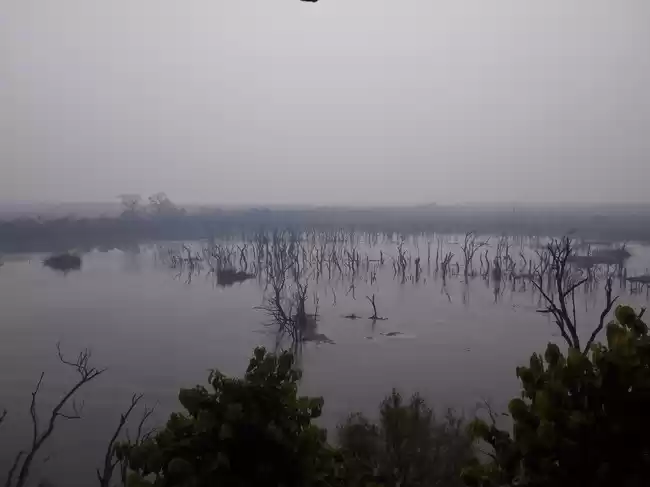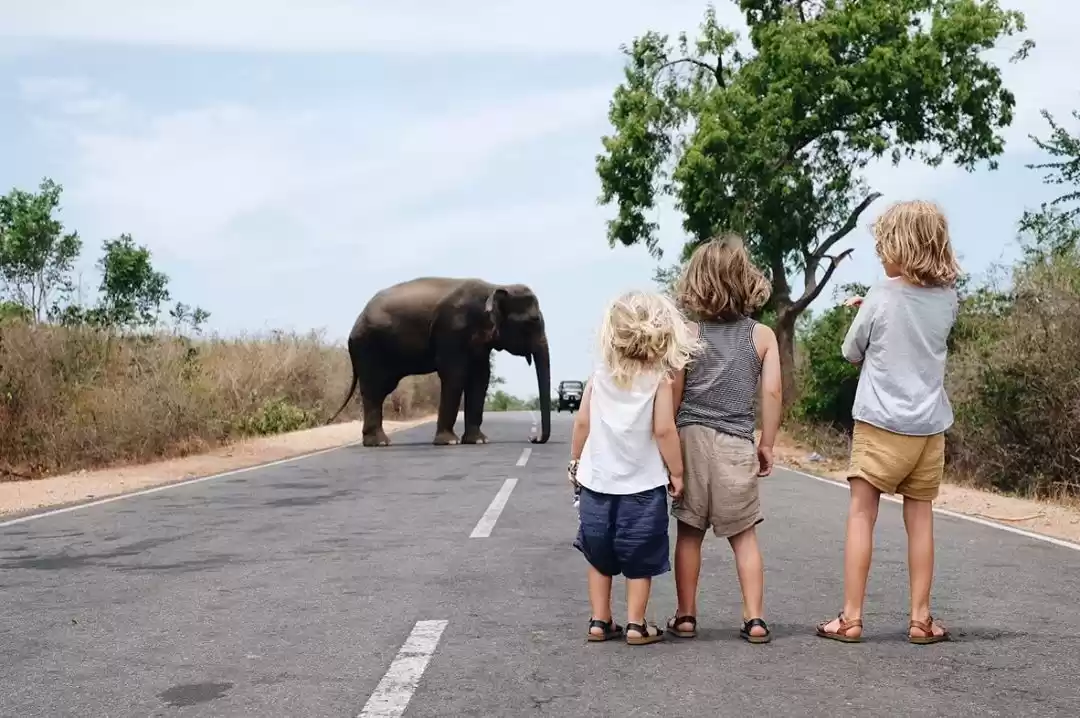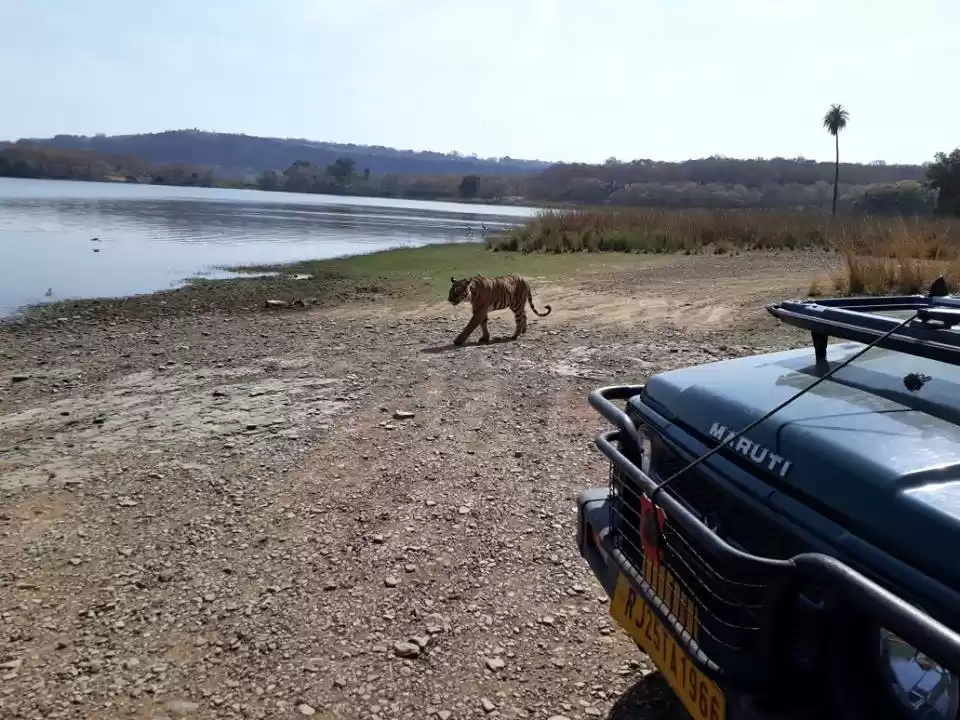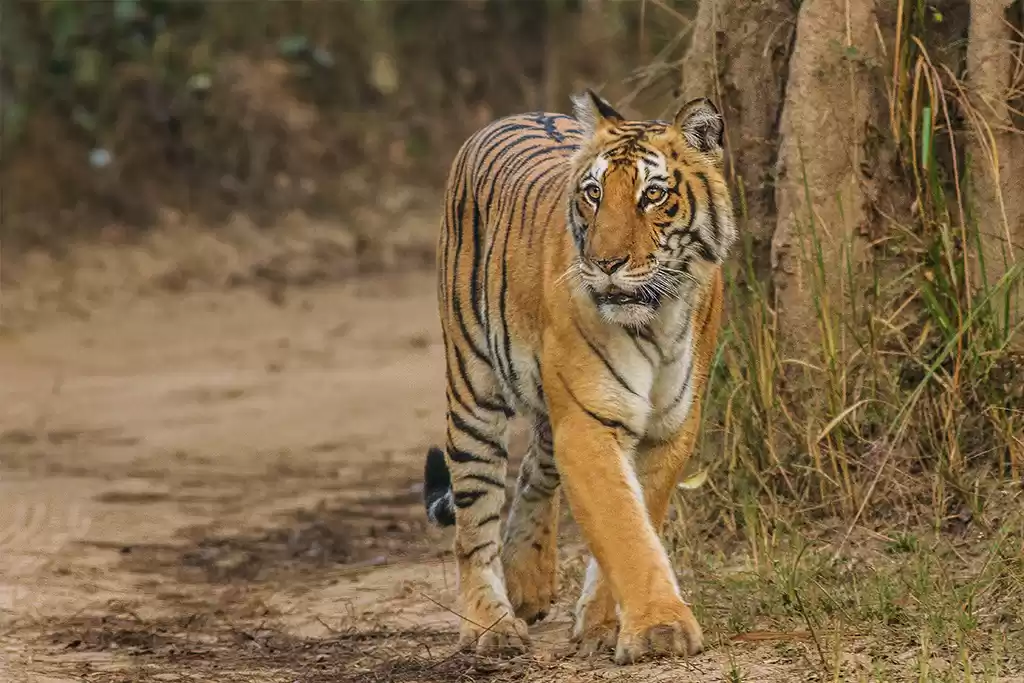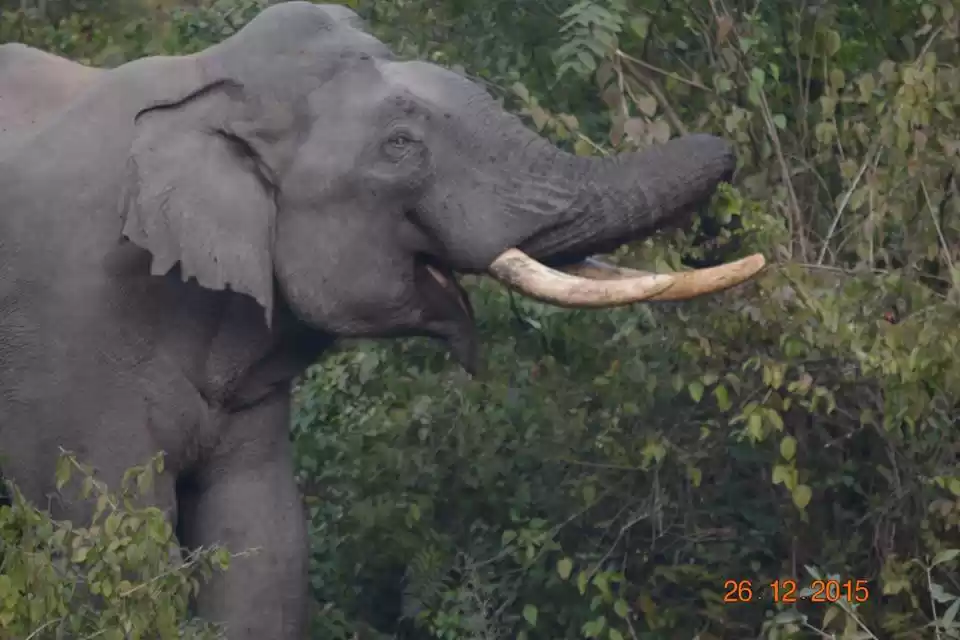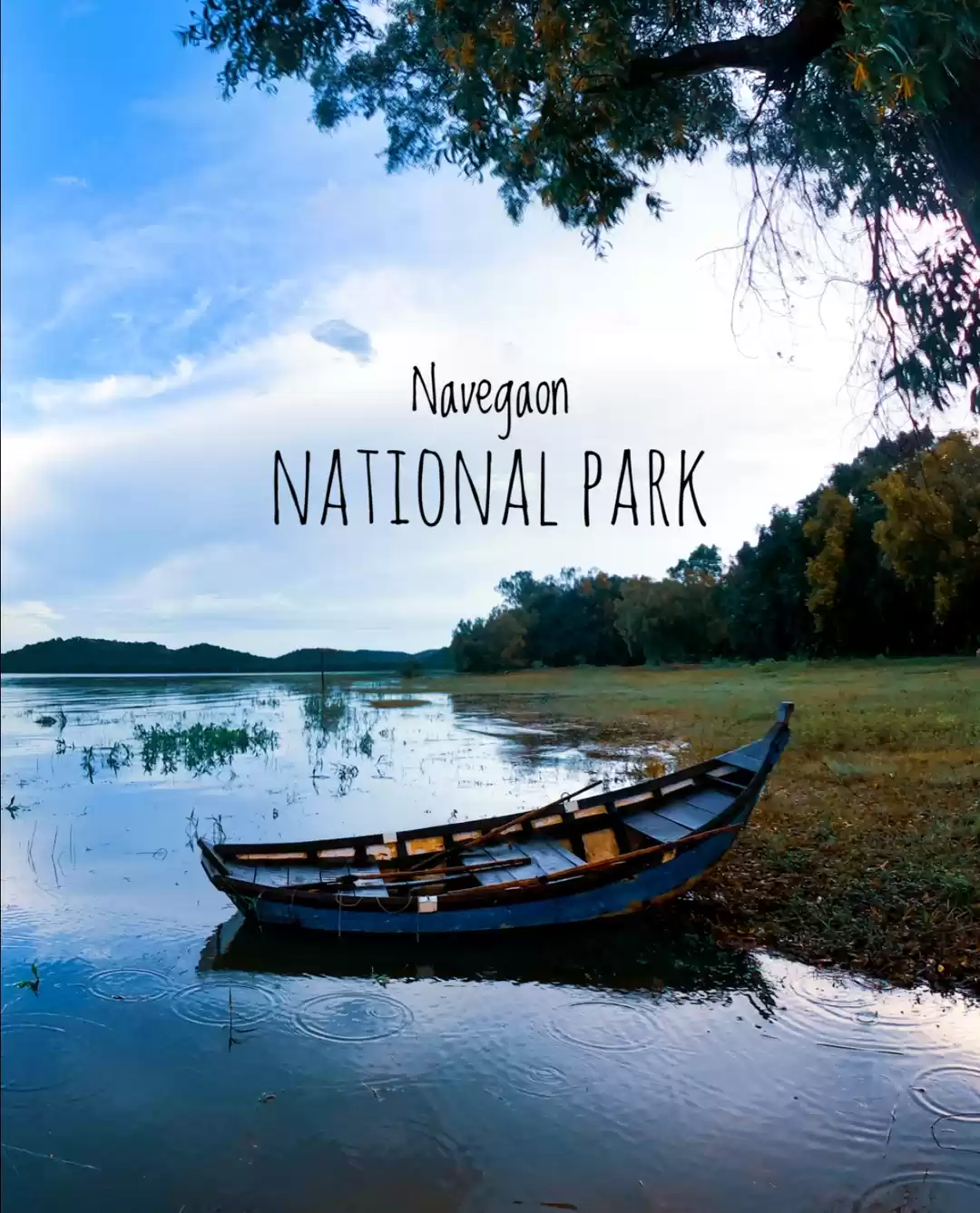Imagine standing in awe of a massive red rock that rises from the desert, glowing in the light of the sun. Imagine walking among ancient domes that hide secrets of the past, surrounded by stunning landscapes. Imagine learning about the rich culture and history of the indigenous people who have lived in harmony with the land for thousands of years. This is what awaits you at Uluru Kata Tjuta National Park, a World Heritage site that showcases the natural and cultural beauty of Australia’s Red Centre.
Uluru Kata Tjuta National Park is one of the most iconic and popular destinations in Australia, attracting millions of visitors every year. The park covers an area of 1,326 square kilometres and features two remarkable geological formations: Ulu r u (also known as Ayers Rock) and Kata Tju t a (also known as The Olgas). Both Ulu r u and Kata Tju t a are sacred to the Anangu people, the traditional owners of the land, who have a deep connection and respect for the place.
In this comprehensive guide, we will provide you with everything you need to know to plan your trip to Uluru Kata Tjuta National Park, including how to get there, when to go, what to do, where to stay, and more. Whether you are looking for a cultural immersion, a nature adventure, or a luxury escape, you will find something to suit your taste and budget at Uluru Kata Tjuta National Park. Read on and discover why this place is a must-see for any traveller.
Top Things to Do in Uluru Kata Tjuta National Park
There is no shortage of things to do in Uluru Kata Tjuta National Park, as the park offers a variety of attractions and activities that cater to different interests and preferences. Here are some of the top things to do in the park that you should not miss:

Sunrise and sunset viewing
One of the most spectacular and unforgettable experiences in the park is to witness the changing colours of Ulu r u and Kata Tju ta at sunrise and sunset. As the sun rises and sets, the rocks transform from dark purple to bright red to golden orange, creating a stunning contrast with the blue sky and the green vegetation. The best spots to enjoy this natural phenomenon are the Talinguru Nyakunytjaku viewing area for Ulu r u and the Kata Tju t a dune viewing area for Kata Tju t a. Make sure to arrive early and bring your camera to capture the magic.
Cultural Centre
If you want to learn more about the culture and history of the Anangu people and their connection to the land, you should visit the Cultural Centre, located near the park entrance. The Cultural Centre is a hub of information and education, where you can find displays, exhibits, videos, and artworks that tell the stories and legends of the park and its features. You can also browse the souvenir shop, where you can buy authentic and ethically sourced handicrafts, books, and jewellery made by local artists. The Cultural Centre is open daily from 7 am to 6 pm and admission is free.

Ranger guided activities
Another way to enrich your understanding and appreciation of the park and its significance is to join one of the ranger guided activities that are offered throughout the year. These activities are led by knowledgeable and friendly park rangers, who will share their insights and expertise on various topics, such as the geology, ecology, wildlife, and culture of the park. Some of the activities include guided walks, talks, demonstrations, and cultural performances. You can check the schedule and availability of the activities at the park’s website or at the visitor centre. Most of the activities are free and do not require booking, but some may have a fee and a limit on the number of participants.
Walking and nature tours
If you are feeling adventurous and want to explore the park on foot, you can choose from a range of walking and nature tours that suit different fitness levels and durations. The most popular and rewarding walk is the Ulu r u Base Walk, a 10.6-kilometre loop that takes you around the base of the rock, where you can see its unique features, such as caves, waterholes, rock art, and flora and fauna. The walk takes about 3 to 4 hours and is suitable for most ages and abilities. Another option is the Valley of the Winds Walk, a 7.4-kilometre circuit that takes you through the heart of Kata Tju t a, where you can enjoy the scenic views of the domes and the surrounding landscape. The walk takes about 2 to 4 hours and is moderately difficult, with some steep and rocky sections. There are also shorter and easier walks available, such as the Mala Walk, the Kuniya Walk, and the Walpa Gorge Walk, which take between 30 minutes to 2 hours and are accessible for wheelchairs and strollers.

Field of Light
For a truly magical and immersive experience, you should not miss the Field of Light, a large-scale art installation by internationally acclaimed artist Bruce Munro. The Field of Light consists of more than 50,000 solar-powered lights that cover an area of 49,000 square metres, creating a mesmerising display of colours and patterns that illuminate the desert at night. The Field of Light is open from sunset to sunrise and can be enjoyed in different ways, such as a self-guided walk, a guided tour, a camel ride, a helicopter flight, or a dining experience. You can book your tickets and packages online or at the visitor centre. The Field of Light is a temporary exhibition that will run until December 2020, so make sure to catch it before it’s gone.
Scenic flight
If you want to see the park from a different perspective and appreciate its vastness and beauty, you should take a scenic flight over Ulu r u and Kata Tju t a. There are several options available, such as helicopter, plane, or hot air balloon, that will give you a bird’s eye view of the park and its features. You will be amazed by the contrast and diversity of the landscape, from the red rocks to the green valleys to the blue lakes. You will also have the opportunity to take stunning photos and videos that will make your friends and family jealous. You can book your scenic flight online or at the visitor centre, and prices vary depending on the type and duration of the flight.
Longitude 131
If you are looking for a luxury and exclusive experience, you should stay at Longitude 131, a five-star eco-resort that offers unparalleled views and service. Longitude 131 features 16 tented pavilions that are elegantly designed and furnished, with king-size beds, ensuite bathrooms, and private balconies that face Ulu r u. The resort also has a restaurant, a bar, a lounge, a library, a pool, and a spa, where you can indulge in fine dining, drinks, entertainment, and relaxation. The resort also offers a range of activities and tours that are tailored to your preferences and interests, such as guided walks, cultural experiences, sunset cocktails, and star gazing. Longitude 131 is the ultimate way to experience the park in style and comfort, but it comes with a hefty price tag, starting from $1,200 per person per night.
Uluru Camel Racing Cup
If you are looking for a fun and unique event, you should visit the park during the Uluru Camel Racing Cup, an annual festival that celebrates the camel heritage and culture of the region. The festival takes place in July and features a series of camel races, as well as other activities and entertainment, such as camel rides, markets, food stalls, live music, and fireworks. The festival attracts thousands of visitors and locals, who dress up in colourful and creative outfits and cheer for their favourite camels. The festival is a great opportunity to experience the local community and have a blast.
Ways to Tour Uluru Kata Tjuta National Park
There are different ways to tour Uluru Kata Tjuta National Park, depending on your budget, time, and preference. Here are some of the options that you can choose from:
Self-drive
One of the most flexible and affordable ways to tour the park is to drive yourself, as you can set your own pace and itinerary. You will need to have a valid driver’s license and a reliable vehicle, preferably a 4WD, as some of the roads in the park are unsealed and rough. You will also need to pay an entry fee of $25 per person, which is valid for three days. You can buy your entry pass online or at the park entrance. You will also need to book your accommodation in advance, as there are limited options available in and around the park. You can find more information and tips on driving in the park at the park’s website or at the visitor centre.
Guided tour
Another way to tour the park is to join a guided tour, as you can benefit from the knowledge and expertise of a professional guide, who will take care of the logistics and arrangements for you. There are many types of guided tours available, such as day tours, overnight tours, group tours, private tours, and customised tours, that cater to different interests and budgets. You can find and compare the various tours online or at the visitor centre, and book your tour in advance to secure your spot.
Uluru Kata Tjuta National Park: Culture and History
If you are interested in the culture and history of the park and its people, you should not miss the opportunity to learn more about the Anangu people and their connection to the land. The Anangu people are the traditional owners and custodians of the park, and they have lived in harmony with the land for tens of thousands of years. They have a rich and complex culture and history, which is reflected in their language, art, music, ceremonies, and laws. They also have a profound and spiritual relationship with Ulu r u and Kata Tju t a, which are sacred to them and have special meanings and stories.
The Anangu people and their connection to the land
The Anangu people belong to one of the oldest living cultures in the world, dating back to more than 60,000 years ago. They are part of the broader Aboriginal and Torres Strait Islander peoples of Australia, who have diverse and distinct cultures and identities. The Anangu people are composed of several groups, such as the Pitjantjatjara, Yankunytjatjara, Ngaanyatjarra, Luritja, and Antikirinya, who share a common language and culture. The word Anangu means “human being” or “person” in their language.
The Anangu people have a deep connection and respect for the land, which they call Tjukurpa. Tjukurpa is a complex and holistic concept that encompasses the creation, law, and religion of the Anangu people. It explains the origin and nature of everything in the world, including the land, the plants, the animals, the people, and the spirits. It also guides the Anangu people on how to live and behave in harmony with the land and each other. Tjukurpa is passed down from generation to generation through oral traditions, such as stories, songs, dances, ceremonies, and art.
The significance and meaning of Ulu r u and Kata Tju t a
Ulu r u and Kata Tju t a are the most prominent and sacred features of the park, and they have special significance and meaning for the Anangu people. Ulu r u is a massive sandstone monolith that stands 348 metres high and has a circumference of 9.4 kilometres. It is estimated to be about 600 million years old, and it was formed by the erosion and uplift of ancient sediments. Kata Tju t a is a group of 36 domed rocks that cover an area of 21.68 square kilometres and have a highest point of 546 metres. It is also estimated to be about 600 million years old, and it was formed by the erosion and weathering of conglomerate rocks.
Ulu r u and Kata Tju t a are not just rocks, but living cultural landscapes that embody the Tjukurpa of the Anangu people. They are associated with many stories and legends that explain their origin and features, and they are also home to many ancestral beings and spirits that have shaped and influenced the land and the people. Ulu r u and Kata Tju t a are also places of learning and teaching, where the Anangu people pass on their knowledge and wisdom to their children and visitors. Ulu r u and Kata Tju t a are also places of ceremony and celebration, where the Anangu people perform rituals and rites to honour and respect their ancestors and the land.
The stories and legends associated with the park and its features
There are many stories and legends associated with the park and its features, which are part of the Tjukurpa of the Anangu people. These stories and legends are not just myths or fairy tales, but sacred and powerful accounts that reveal the essence and meaning of the park and its people. Some of the stories and legends are public and can be shared with visitors, while others are secret and can only be known by the initiated and the elders. Some of the stories and legends are also gender-specific and can only be told by men or women.
Some of the public stories and legends that can be shared with visitors are:
The story of Kuniya and Liru, which explains the origin and features of Ulu r u. Kuniya is a woma python who travelled from far away to lay her eggs at Ulu r u. Liru is a poisonous snake who attacked Kuniya’s nephew at Ulu r u. Kuniya and Liru fought a fierce battle, which left marks and scars on the rock. Kuniya and Liru are still present at Ulu r u, and their spirits protect and watch over the place.
The story of Lungkata, which explains the origin and features of Kata Tju t a. Lungkata is a blue-tongued lizard who travelled from far away to Kata Tju t a. He was hungry and greedy, and he stole a kangaroo from two young men who were hunting. He cooked the kangaroo on a fire, but he refused to share it with anyone. The two young men found out and set fire to Lungkata’s tail, which caused a big blaze that spread to Kata Tju t a. Lungkata died and turned into stone, and his body became one of the domes. Lungkata’s fire also created the red colour of the rocks and the spinifex grass.
The story of Mala, which explains the origin and features of the Mala Walk, a section of the Ulu r u Base Walk. Mala is a hare-wallaby who travelled from far away to Ulu r u. He was part of a large group of Mala people, who came to Ulu r u to perform ceremonies and celebrations. They set up their camp at the base of the rock, where they built shelters, ovens, and meeting places. They also carved and painted rock art, and left behind tools and weapons. The Mala people were happy and peaceful, until they were attacked by an evil dog called Kurpany, who chased and killed many of them. The surviving Mala people escaped to the top of the rock, where they still live today.
The history and development of the park
The history and development of the park is a story of struggle and triumph, of conflict and reconciliation, of loss and gain, of the Anangu people and their relationship with the land and the outsiders. The park has witnessed many changes and challenges over the years, from the arrival of the first explorers and settlers, to the establishment of the tourism industry, to the recognition of the land rights and the joint management of the park. Here are some of the key events and milestones that have shaped the history and development of the park:
1872: The first European explorer to see Ulu r u was Ernest Giles, who named it Ayers Rock after Sir Henry Ayers, the Chief Secretary of South Australia. The first European explorer to see Kata Tju t a was William Gosse, who named it The Olgas after Queen Olga of Württemberg.
1920: The first tourists to visit the park were Bill Harney and Jack Cotterill, who set up a camp near Ulu r u and offered camel rides and tours to visitors. They also collected and sold Aboriginal artefacts and souvenirs, without the consent of the Anangu people.
1936: The park was declared an Aboriginal reserve by the Commonwealth Government, under the administration of the South Australian Government. The reserve was intended to protect and preserve the land and the culture of the Anangu people, but it also restricted their access and movement, and imposed rules and regulations that were incompatible with their way of life.
1948: The first airstrip was built near Ulu r u, which increased the number and accessibility of tourists to the park. The airstrip was later expanded and upgraded, and became the Ayers Rock Airport, now known as the Connellan Airport.
1950: The first hotel was built near Ulu r u, which provided accommodation and facilities for tourists. The hotel was later expanded and developed, and became the Ayers Rock Resort, now known as the Voyages Ayers Rock Resort.
1958: The park was declared a national park by the Commonwealth Government, under the administration of the Northern Territory Government. The national park was intended to conserve and manage the natural and cultural values of the park, but it also excluded and displaced the Anangu people from their land, and exploited and commercialised their culture and heritage.
1976: The Aboriginal Land Rights (Northern Territory) Act was passed by the Commonwealth Government, which recognised the land rights and the ownership of the Anangu people over the park. The act also established the Uluru Kata Tjuta Board of Management, which consisted of representatives from the Anangu people, the Commonwealth Government, the Northern Territory Government, and the tourism industry. The board was responsible for the joint management and decision-making of the park, in consultation and cooperation with the Anangu people and the other stakeholders.
1985: The park was officially handed back to the Anangu people by the Commonwealth Government, in a historic ceremony that took place at the base of Ulu r u. The Anangu people leased the park back to the Commonwealth Government for 99 years, under the condition that they would retain the ownership and the control of the park, and that they would share the benefits and the responsibilities of the park with the other parties.
1987: The park was inscribed on the World Heritage List by the United Nations Educational, Scientific and Cultural Organization (UNESCO), for its outstanding natural and cultural values. The park was one of the first places in the world to be recognised for both its natural and cultural significance, and it was later renamed as Uluru Kata Tjuta National Park, to reflect its dual identity.
1993: The park was awarded the Banksia Environmental Award by the Banksia Foundation, for its excellence and innovation in environmental management and conservation. The award recognised the achievements and efforts of the park and its stakeholders, in protecting and enhancing the natural and cultural values of the park, and in promoting and educating the public about the park and its importance.
1994: The park was inscribed on the Australian National Heritage List by the Australian Government, for its outstanding heritage value to the nation. The list is a register of places that have a special meaning and significance for the Australian people and their identity, history, and culture.
2019: The park was declared a no-climb zone by the Uluru Kata Tjuta Board of Management, in respect of the wishes and beliefs of the Anangu people, who consider climbing Ulu r u a desecration and a violation of their Tjukurpa. The decision was supported by the majority of the visitors and the public, who recognised the sacredness and the sovereignty of the Anangu people and their land. The last climb took place on October 25, 2019, and the climb was permanently closed on October 26, 2019, which marked the 34th anniversary of the handback of the park to the Anangu people.
Uluru Kata Tjuta National Park is a place of wonder and awe, where you can experience the natural and cultural beauty of Australia’s Red Centre. Whether you are looking for a cultural immersion, a nature adventure, or a luxury escape, you will find something to suit your taste and budget at Uluru Kata Tjuta National Park.
In this guide, we have provided you with everything you need to know to plan your trip to the park, including how to get there, when to go, what to do, where to stay, and more. We hope that you have enjoyed reading this guide and that you have learned something new and interesting about the park and its people. Now, it’s time for you to pack your bags and book your tickets, and get ready for an unforgettable journey to Uluru Kata Tjuta National Park.
Don’t forget to share your experiences and photos with us on Tripoto, the world’s largest travel community. Thank you for choosing Tripoto as your travel partner, and we hope to see you again soon. Happy travels!


